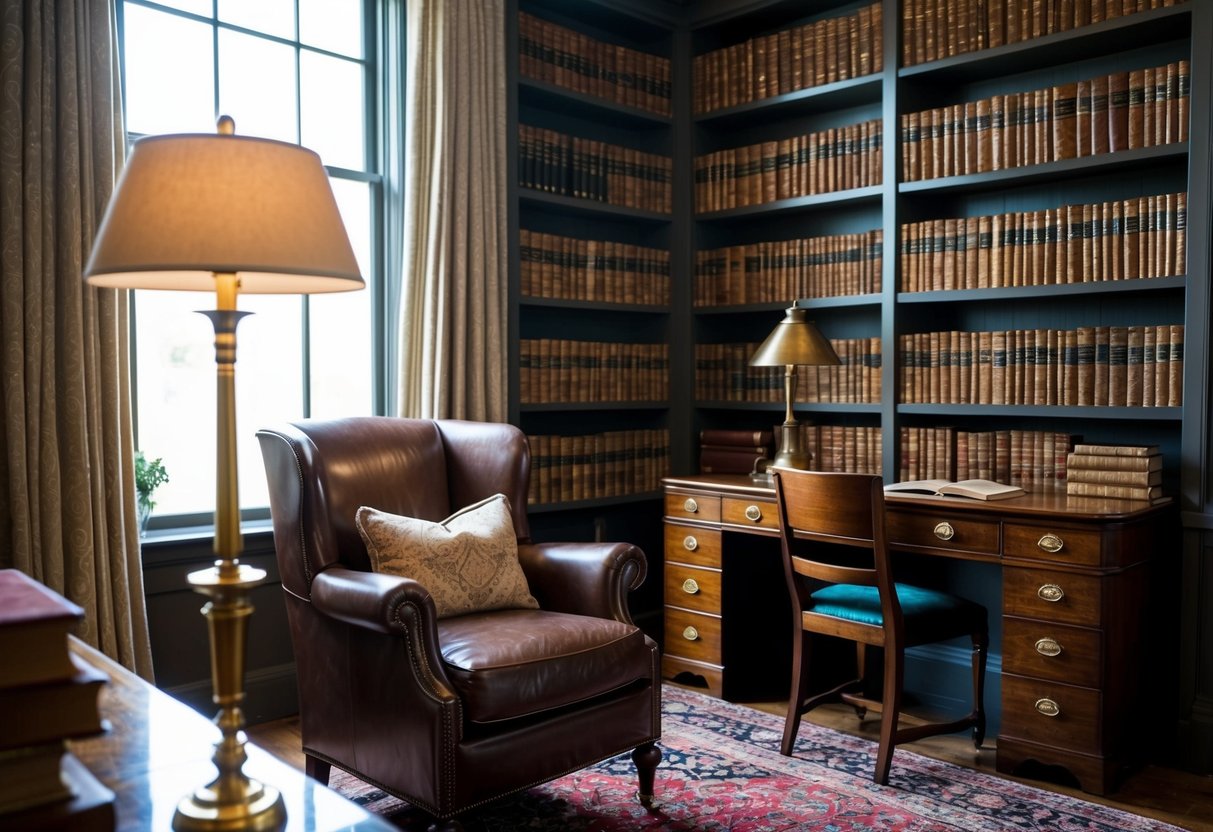Ultimate Guide to Classic Furniture Pieces that Endure Through Time
Evaluating Classic Furniture Essentials

Classic furniture pieces are heralded for their ability to combine enduring durability with ageless design. Their appeal lies in profound craftsmanship, flexibility within various interior styles, and a timeless elegance that continues to be appreciated.
Durability and Longevity
Classic furniture is often renowned for its remarkable durability. Built to withstand decades of use, these pieces frequently incorporate robust hardwoods like oak or walnut. This choice of materials contributes significantly to their longevity, allowing them to remain functional and aesthetically pleasing over time.
Additionally, the construction techniques employed in classic furniture reinforce its durability. Mortise and tenon joints or dovetail joints are common methods used by skilled craftsmen. These tried-and-tested methods ensure that the furniture remains solid and stable, even with frequent use. Such enduring features make classic furniture a wise investment for those seeking long-lasting household items.
Craftsmanship and Quality Materials
Quality craftsmanship is at the heart of classic furniture’s appeal. Skilled artisans put meticulous effort into each piece, ensuring precision in every detail. This dedication is evident in the intricate carvings and smooth finishes that define these items.
The use of premium materials further enhances the appeal. Woods such as mahogany and cherry are frequently chosen for their beauty and strength. These materials, combined with expert craftsmanship, result in furniture that stands the test of time. Consumers value these characteristics, recognizing the superior quality and attention to detail present in classic furniture.
Versatility in Interiors
A key attribute of classic furniture is its versatility. These pieces blend seamlessly into a wide range of interior styles, from traditional to contemporary settings. Their elegant lines and understated designs allow them to complement other décor elements without clashing or overwhelming a space.
Classic furniture’s neutral tones and timeless silhouettes make it adaptable as trends evolve. Whether placed in a modern, minimalist room or a richly adorned traditional space, these pieces enhance the environment. This flexibility ensures that classic furnishings remain relevant and desirable, regardless of current fashion.
Timeless Elegance and Allure
The enduring allure of classic furniture lies in its timeless elegance. Unlike trendy items that quickly go out of style, classic pieces offer an understated sophistication that transcends time. Their beauty is not dependent on fleeting fashions but is rooted in harmonious proportions and balanced design.
This timeless quality elevates any space, imbuing it with a sense of grace and refinement. As a result, classic furniture often becomes a cherished part of any interior, admired for its ability to enhance both the aesthetic and functional aspects of a home. Its continual appeal ensures its place in homes for generations to come.
Iconic Furniture Pieces That Transcend Time
Classic furniture pieces stand out due to their timeless allure and ability to remain relevant across generations. These iconic pieces are defined by their unique design elements and a perfect blend of form and function.
The Chippendale Chair: A British Classic
The Chippendale Chair emerged in the mid-18th century and is named after Thomas Chippendale, a British cabinet maker who designed majestic and ornate pieces. It features intricate carvings and elegant cabriole legs, often showcasing a blend of Gothic, Rococo, and Chinese elements.
Its craftsmanship reflects the durability and artistry synonymous with the period. The Chippendale Chair is not only a piece of furniture but a statement piece that exemplifies opulence and sophistication. Widely sought after, Chippendale continues to be revered in antique collections and reproductions, praised for its historical significance and aesthetic charm.
Eames Lounge Chair: Modern Comfort
Designed by Charles and Ray Eames in 1956, the Eames Lounge Chair embodies modern comfort and style. Known for its luxurious leather upholstery and molded plywood structure, it set new standards in furniture design by prioritizing functionality without sacrificing elegance.
The chair’s ergonomic design and high-quality craftsmanship ensure comfort while maintaining a sleek, contemporary look. Its influence on modern furniture trends cannot be overstated, often seen adorning living rooms and offices worldwide. The chair remains a testament to the Eames’ innovative vision, representing a seamless marriage of art and practicality.
The Barcelona Chair: Statement of Modern Design
Ludwig Mies van der Rohe and Lilly Reich introduced the Barcelona Chair in 1929 at the International Exposition in Barcelona. Emphasizing simplicity and precision, it features a chrome frame with leather cushions, reflecting the minimalist approach of the International Style.
It symbolizes modern design innovation, becoming synonymous with sophistication and architectural elegance. The chair is notable for its thin, graceful lines and use of industrial materials, showcasing a stark yet refined aesthetic. The Barcelona Chair continues to be a favored choice for those seeking a blend of classic and contemporary design.



